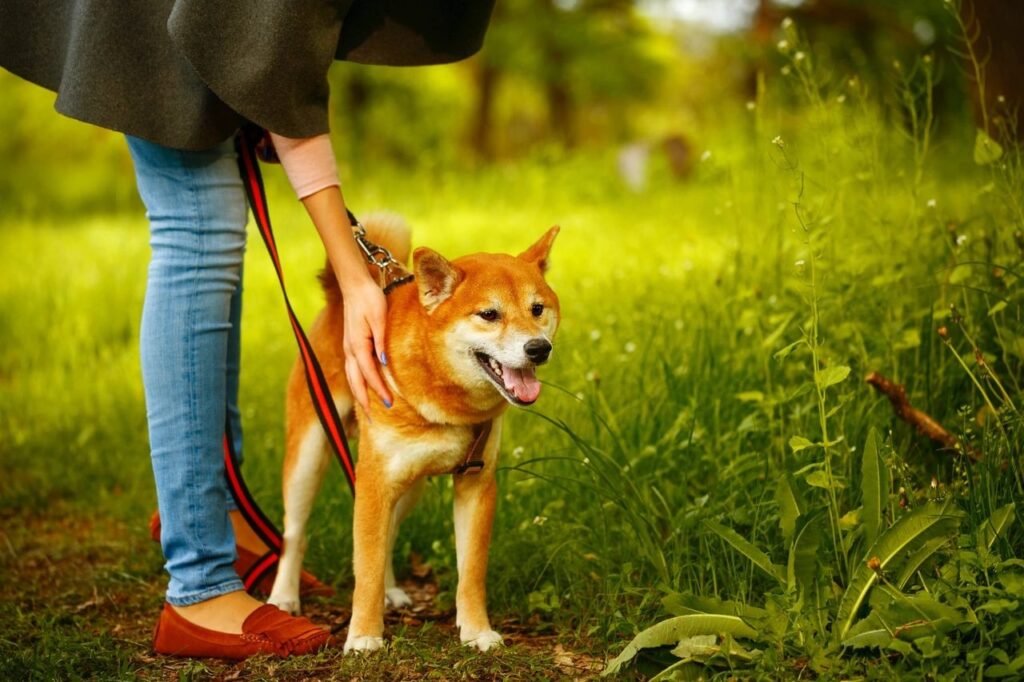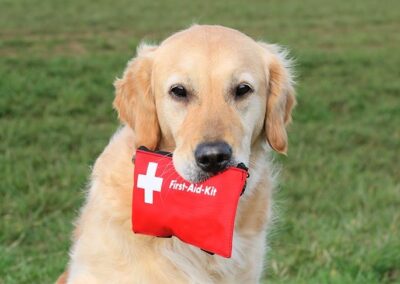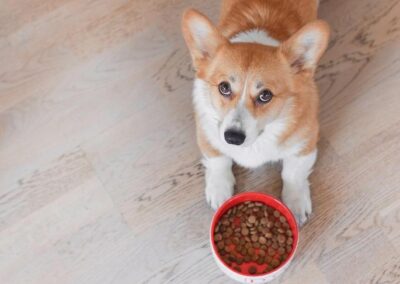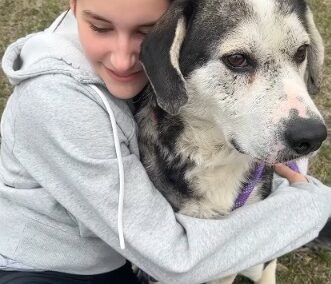Ever feel like your dog’s leash is a fuse, and every walk is a countdown to chaos?
You’re not alone.
Reactivity—barking, lunging, growling—isn’t your dog being “bad.” It’s your dog overwhelmed, unsure, and crying out for help the only way they know how.
Let’s break it down.
Understand the Why
Reactivity often stems from fear, frustration, or overexcitement. Your dog isn’t trying to embarrass you; they’re struggling to cope with their environment.
Distance is Your Friend
Keep a comfortable distance from triggers. It’s okay to cross the street or turn around. Your goal is to prevent reactions, not provoke them.

Stay Calm and Carry Treats
Your dog looks to you for cues. If you’re tense, they’ll be tense. Stay relaxed, speak softly, and reward calm behavior with treats.
Consistency is Key
Practice makes progress. Regular, positive experiences will help your dog build confidence and reduce reactivity over time.
Seek Professional Help
If reactivity persists, consult a professional dog trainer or behaviorist. They can provide personalized strategies to help your dog thrive.
Remember, every dog has the potential to improve. With patience, understanding, and the right approach, you can help your reactive dog find their calm.



